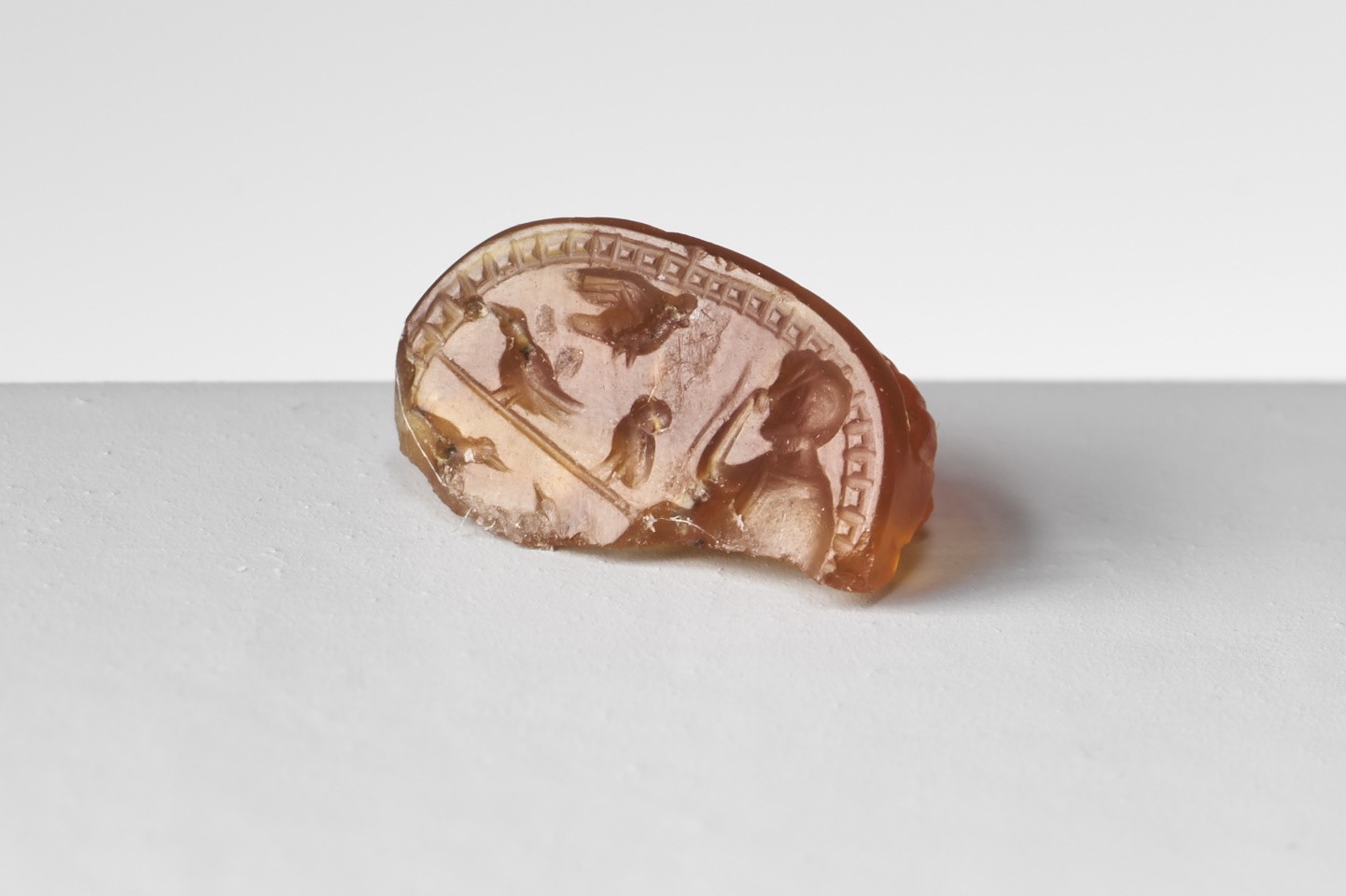"Indeed, I cannot imagine any people, however cultured and learned, however crude and barbaric, who would not advocate that the future reveals itself in signs and that it is possible for it to be recognised and foretold by certain people," said Cicero. Cicero himself was a member of the city Roman College of Augurs and a religious specialist in divination and himself interpreted the will of the gods from the flight of birds.
The Etruscans believed that the gods could make their will known in the flight or cries of birds, in lightning and other unusual phenomena. The position of the birds or signs observed in the sky indicated which god was addressing the people. For each god was assigned a particular segment of the sky. A special priest, the augur, was needed to interpret the divine signs. The bird's-eye view (auspicium) was one of these methods of interpreting the future and signs (divinatio) that the Etruscans used.
The Roman augurs argued about whether the observation of bird flight actually allowed statements about the future or whether the birds did not merely convey signs of divine approval or disapproval of human decisions that had already been made (Cicero, De divinatione 1,105; 2,70). (AVS)
Former August Kestner Collection, Rome









